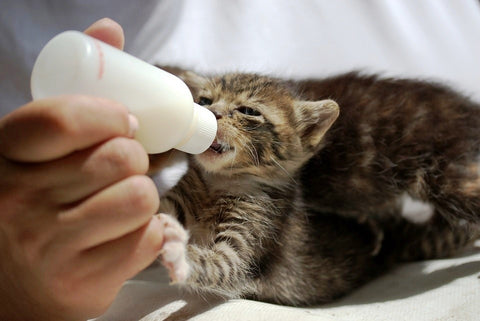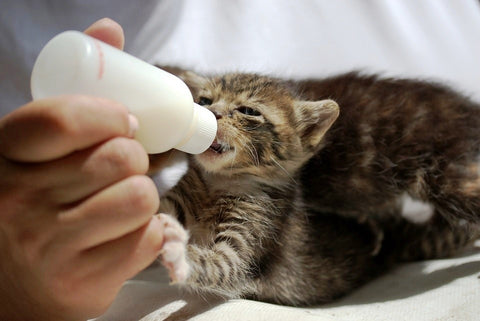
Introduction
Overview of Cat Nutrition
As a cat owner, I’ve often found myself pondering a simple yet common question: can my cat drink cow milk? It’s a classic image—kittens lapping up a bowl of cream—but let’s take a closer look at what proper cat nutrition really entails.
Cats are obligate carnivores, which means that their dietary needs are primarily protein-based. Their nutritional requirements can be summarized as follows:
- High Protein: Cats require a high amount of protein in their diet to maintain healthy muscles and overall vitality.
- Essential Fatty Acids: These are crucial for maintaining healthy skin and fur.
- Vitamins and Minerals: Vitamin A, taurine, and other minerals such as calcium and phosphorus are vital for a cat’s health.
Understanding the right diet is essential for anyone who loves their feline friends.
Concerns with Cow Milk for Cats
While it might seem harmless to slip your cat a bit of cow milk, there are significant concerns surrounding this practice.
First of all, many adult cats are lactose intolerant. Most cats lose the ability to digest lactose after weaning, which can lead to unpleasant gastrointestinal symptoms if they consume milk:
- Diarrhea: A common response after consumption.
- Stomach Upset: Cats may experience cramps and discomfort.
- Vomiting: In severe cases, this can happen.
I once made the mistake of giving my cat, Mittens, a bowl of milk after hearing it was a classic cat treat. The result? A very sorry evening spent cleaning up afterward!
Understanding these concerns can help us make better choices for our furry companions. In the following sections, we will delve into what makes a cat’s diet truly beneficial, and explore healthier alternatives to cow milk.
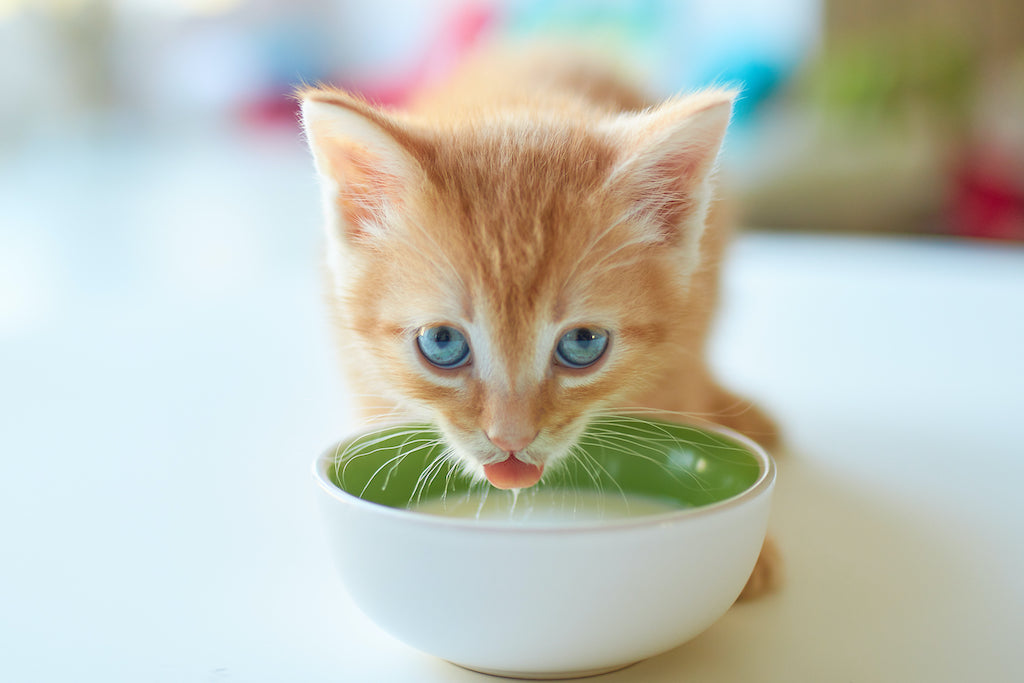
Understanding Cat Nutrition
Dietary Needs of Cats
Transitioning from the misconceptions about cow milk, let’s dive deeper into the actual dietary needs of our beloved felines. One thing I’ve learned is that feeding cats involves much more than just satisfying their taste buds; it’s about providing them with all the nutrients they require for a healthy, long life.
Cats thrive on a diet that closely mimics their natural eating habits. In the wild, they primarily consume:
- Prey Animals: Birds, rodents, and insects, which provide high protein and moderate fat.
- Minimal Carbohydrates: Their natural diet includes very few carbohydrates, which means they don’t need grains or fillers.
Understanding these dietary needs helps in selecting the right cat food for your furry friend.
Nutritional Requirements for Cats
The nutritional requirements for cats can be broken down into several key components. Reflecting on my experiences with kitty nutrition, I’ve found it essential to pay attention to the following elements:
- Protein: A minimum of 30-35% of their diet should come from protein sources.
- Fat: Healthy fats contribute to around 20% of their diet, providing energy and supporting vital functions.
- Taurine: An essential amino acid crucial for heart and eye health.
- Vitamins and Minerals: Vitamin A, B vitamins, calcium, phosphorous, and iron especially cater to their overall health.
When I switched to a high-quality, meat-based cat food enriched with these nutrients, I saw a noticeable boost in my cat’s energy and coat condition.
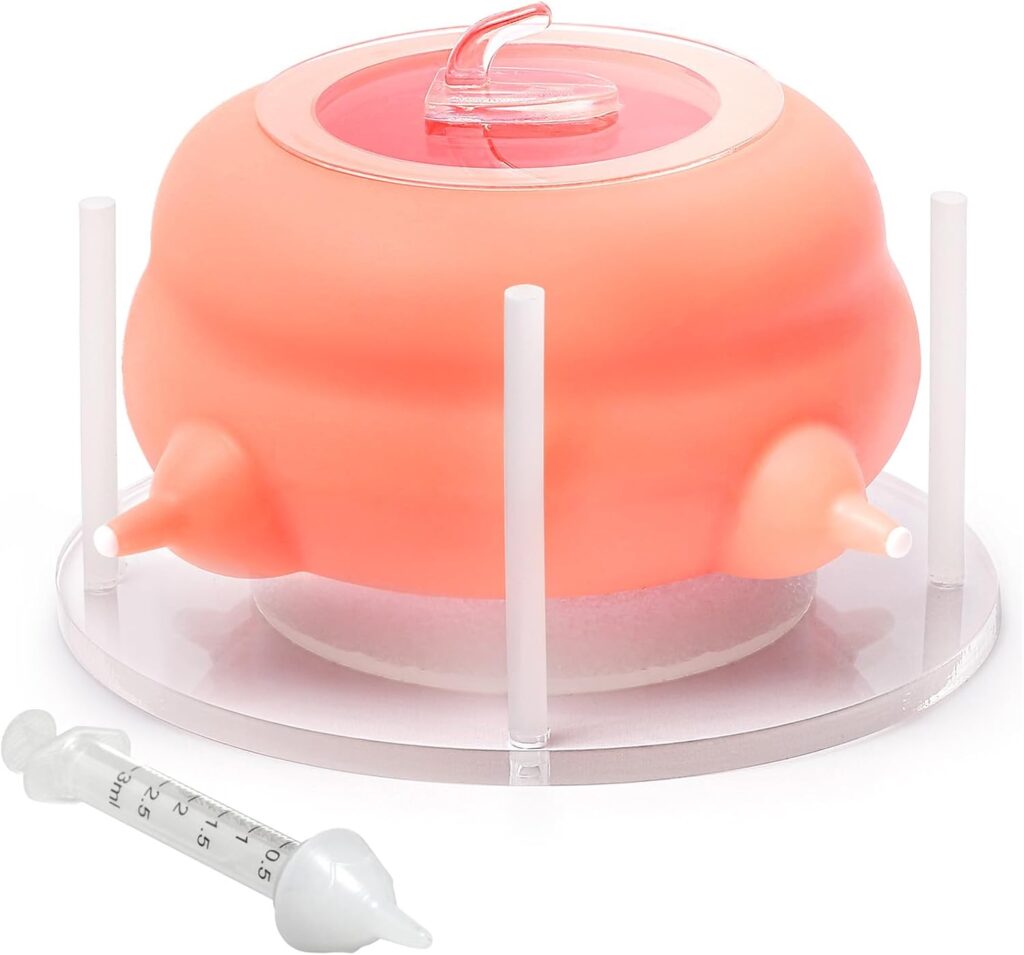
In summary, as caretakers, we must prioritize a balanced diet, crafted with these nutritional guidelines in mind to ensure our cats lead happy and healthy lives. Next, we will explore the risks of common misconceptions, such as giving cow milk to cats, and the potential health issues it can cause.
Risks of Feeding Cow Milk to Cats
Lactose Intolerance in Cats
Having discussed the essential nutritional needs of our feline friends, it’s crucial to turn our attention to a prevalent myth about cat nutrition: the idea that cow milk is safe. While it’s often portrayed as a delightful treat, the reality is that many cats are lactose intolerant.
Just like some humans, many adult cats lack the enzyme lactase, which is necessary to break down lactose found in milk. My own cat, Whiskers, enjoyed a taste of milk once, but shortly after, I saw her running for cover. Signs of lactose intolerance can include:
- Diarrhea: A very common immediate reaction.
- Gas and Bloating: Digestive discomfort can become apparent.
- Vomiting: In severe cases, this may occur, leading to further distress.
This experience reminded me that not all foods meant for humans are suitable for our furry companions.
Cow Milk for Cats – Potential Health Issues
Feeding cow milk to cats can lead to various health issues—some of which can be quite serious. In addition to digestive problems stemming from lactose intolerance, here’s what you should keep in mind:
- Dehydration: Diarrhea can quickly lead to dehydration, which is life-threatening if not managed.
- Nutritional Imbalance: If milk replaces more nutritious food, cats could miss out on vital nutrients.
- Weight Gain: Many milk options are high in calories, contributing to obesity if consumed frequently.
Reflecting on my past mistakes, it’s vital to understand how such seemingly innocent treats can impact a cat’s overall health. The bottom line is that there are far better options available that support their well-being without the risks associated with cow milk. In the next section, we will explore healthier alternatives to cow milk that can treat our cats without any repercussions.
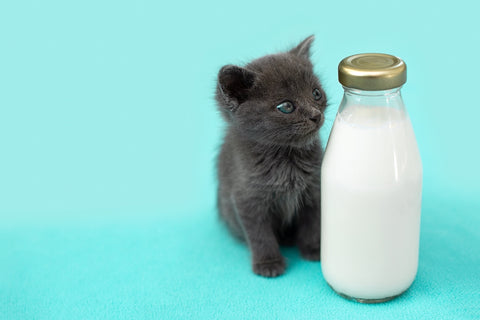
Alternatives to Cow Milk for Cats
Recommended Milk Substitutes
Now that we’ve unraveled the risks associated with feeding cow milk to our cats, let’s take a look at some safe and enjoyable alternatives. Luckily, the pet food industry has recognized this concern and offers several options that satisfy our feline companions without compromising their health.
Some recommended milk substitutes include:
- Cat Milk: Specifically formulated for cats, this alternative is lactose-free and often contains added nutrients.
- Coconut Milk: In moderation, this can be a tasty treat. Just ensure it doesn’t contain additives like sugar or artificial flavorings.
- Goat’s Milk: Many believe that goat’s milk is easier for cats to digest than cow’s milk due to lower lactose levels. However, moderation is key!
When I first introduced cat milk to my cat, Bella, it was a hit! She seemed to adore the taste, and unlike cow milk, there were no aftermath struggles.
Safe Treats for Cats
It’s important to keep our pets engaged and happy with wholesome treats too. Here are some safe treats that can serve as delightful alternatives to cow milk:
- Freeze-Dried Meats: Chicken or fish treats are great for a protein boost.
- Catnip: Simply sprinkling some on their food or giving them toys infused with catnip can get tails wagging!
- Dehydrated Fish: A crunchy snack that’s packed with nutrients.
In my experience, rotating these treats keeps my cats excited and satisfied while ensuring they’re still getting the nutrients they need. Choosing healthier options not only contributes to a balanced diet but also strengthens the bond between us and our beloved companions. Next, we’ll explore how to create a balanced diet tailored specifically for our feline friends to ensure their ongoing health and happiness.
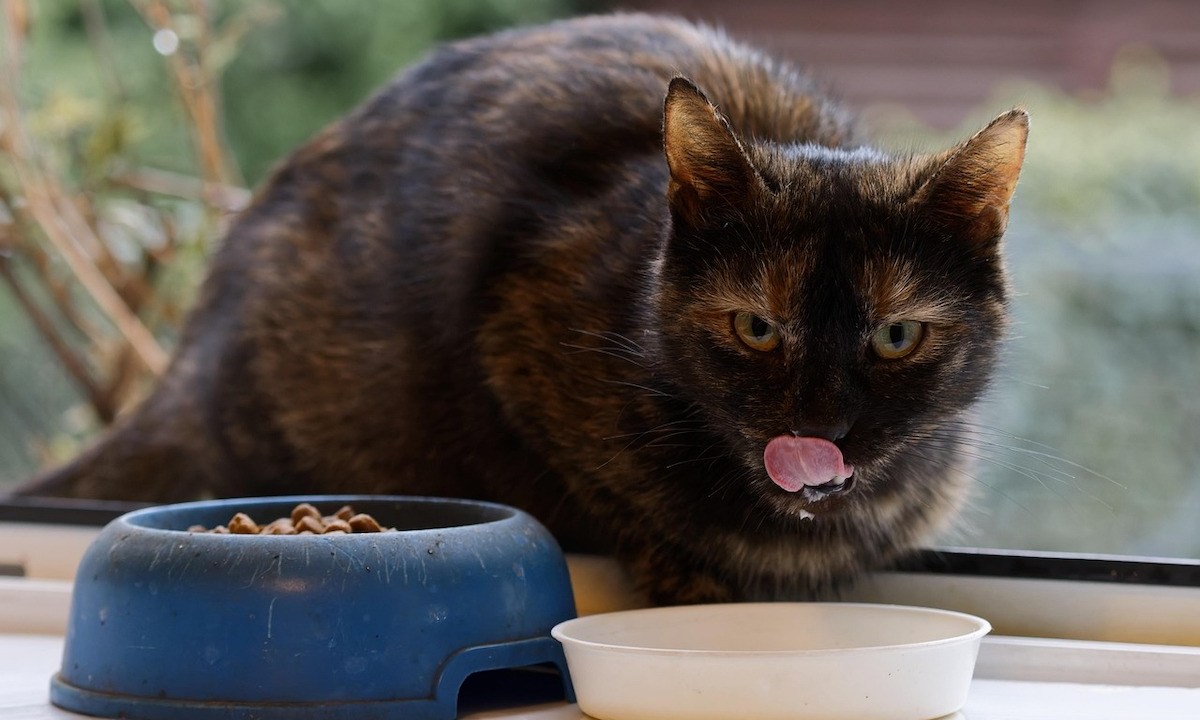
Creating a Balanced Diet for Cats
Importance of Balanced Nutrition
Having discussed various substitutes and safe treats, let’s delve into the heart of cat nutrition: creating a balanced diet. As pet owners, it’s essential to understand how a well-rounded diet contributes to a cat’s overall health and well-being.
Balanced nutrition helps in several ways:
- Maintains Healthy Weight: A proper diet prevents obesity, which can lead to various health issues, including diabetes and joint problems.
- Boosts Energy Levels: The right mix of proteins, fats, and carbohydrates energizes our cats and keeps them active.
- Supports Immune Function: Vitamins and minerals strengthen their immune system, keeping them resistant to illnesses.
I’ve noticed that when I pay attention to balance in my cat Max’s diet, he’s more playful and alert. It’s fascinating how just adjusting their food can significantly improve their quality of life.
Meal Planning for Cats
Planning meals for cats doesn’t have to be daunting; it can be an enjoyable routine. Here are some tips to ensure your feline friends receive the nourishment they need:
- Read Labels: Choose high-quality cat food with real meat as the first ingredient.
- Mix Wet and Dry Food: This combination adds moisture to their diet and enhances palatability.
- Monitor Portion Sizes: Follow guidelines based on your cat’s age, weight, and activity level.
I’ve also found that keeping a weekly meal chart helps me stay organized. It can be as simple as setting aside a few minutes each week to plan and prep meals, ensuring my cats are well-fed without the worry of overindulgence.
Overall, creating a balanced diet tailored to individual needs ensures that our cats not only thrive but also feel their best every day. In our conclusion, we’ll summarize key points to reinforce why understanding cat nutrition is paramount for pet owners.
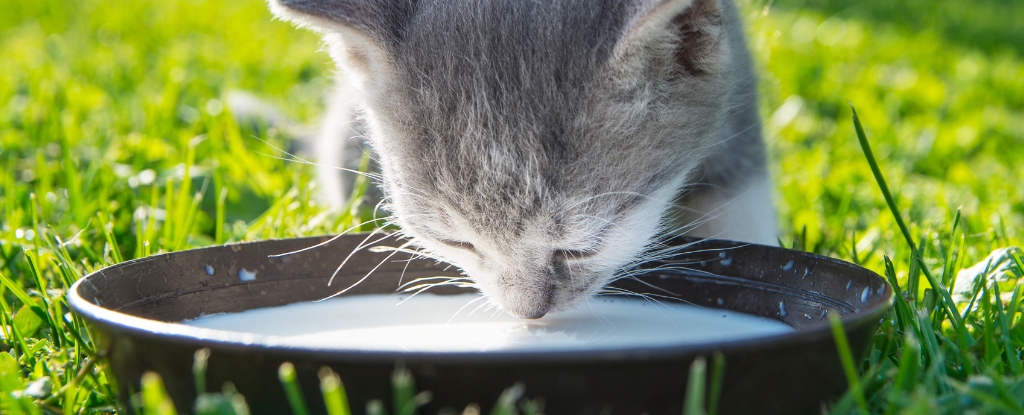
Conclusion
Summarizing Key Points
As we wrap up our exploration of cat nutrition, it’s clear that understanding what foods are beneficial—and what can be harmful—is crucial for every cat owner. Throughout this discussion, we’ve highlighted several important points:
- Cats are Obligate Carnivores: Their dietary needs are primarily protein-based, requiring a balanced mix of proteins, fats, and essential nutrients.
- Concerns with Cow Milk: Many cats are lactose intolerant, which can lead to gastrointestinal distress when given cow milk.
- Healthier Alternatives: Substitutes like cat milk, goat’s milk, and nutritious treats such as freeze-dried meats offer safe options without the risks associated with cow milk.
- Importance of Balanced Nutrition: A well-rounded diet not only maintains a healthy weight but also boosts energy, supports immune function, and enhances overall well-being.
Reflecting on my experiences, these elements have been eye-opening, making me more mindful of what I feed my cats.
Cow Milk for Cats -bFinal Recommendations
Now that we’ve discussed the ins and outs of cat nutrition, here are my final recommendations for ensuring your feline friends lead healthy, joyful lives:
- Invest in High-Quality Cat Food: Choose brands rich in animal protein and free from unnecessary fillers.
- Introduce New Foods Gradually: Always transition to new diets slowly to avoid digestive upset.
- Consult with a Veterinarian: For tailored advice, especially if your cat has unique health considerations.
By embracing these recommendations, we set our cats up for success, providing them with the nourishment they deserve. Let’s prioritize their health and happiness by being proactive in understanding their dietary needs. The joy of watching my cats thrive is the ultimate reward. Here’s to happy, healthy kitties!

